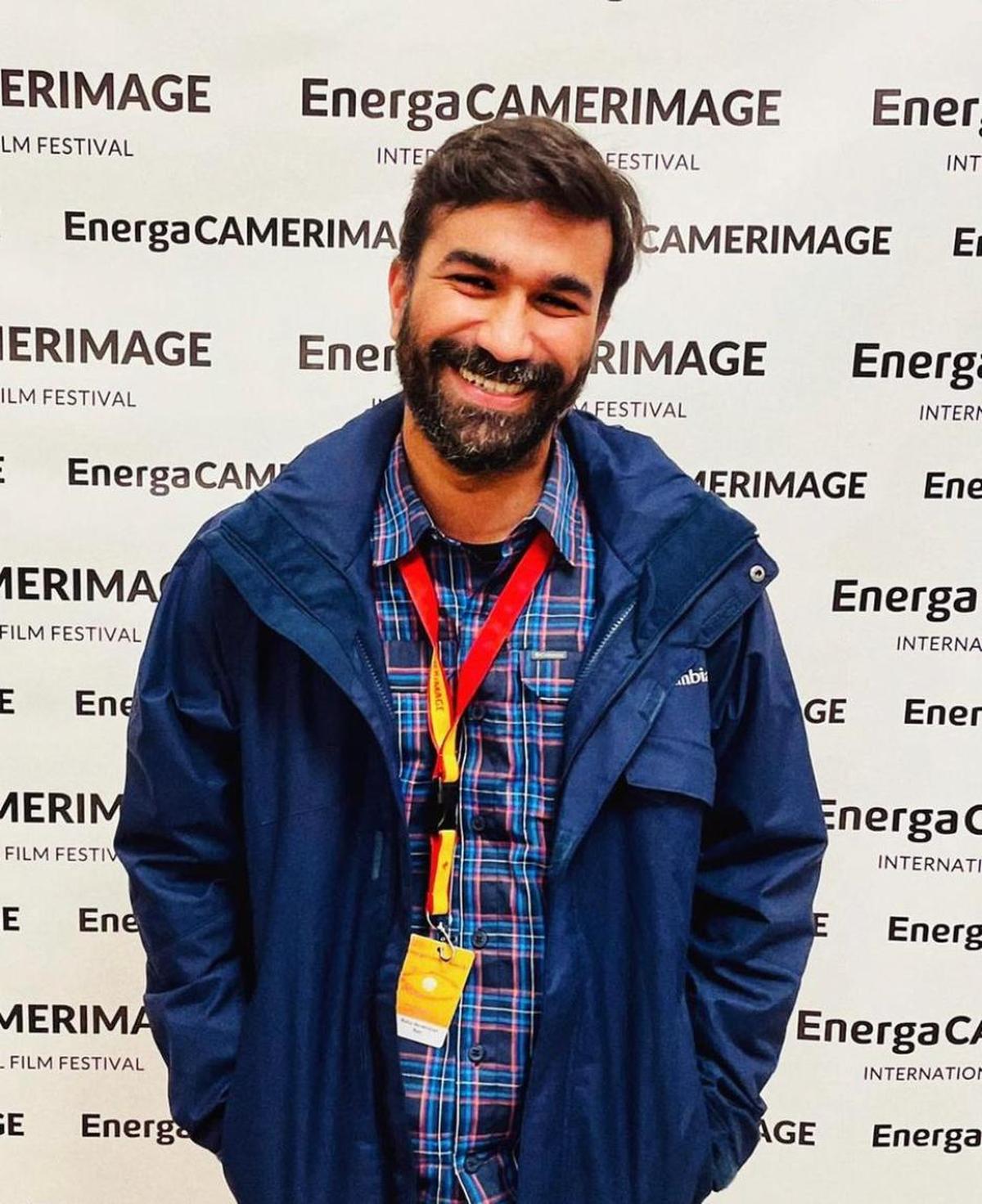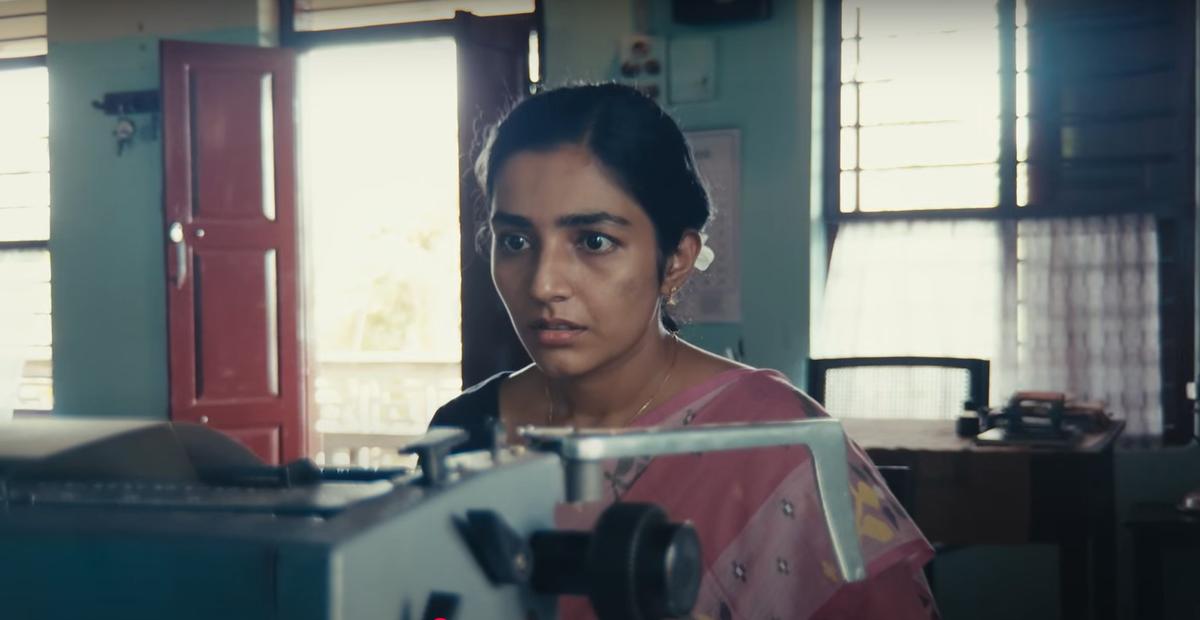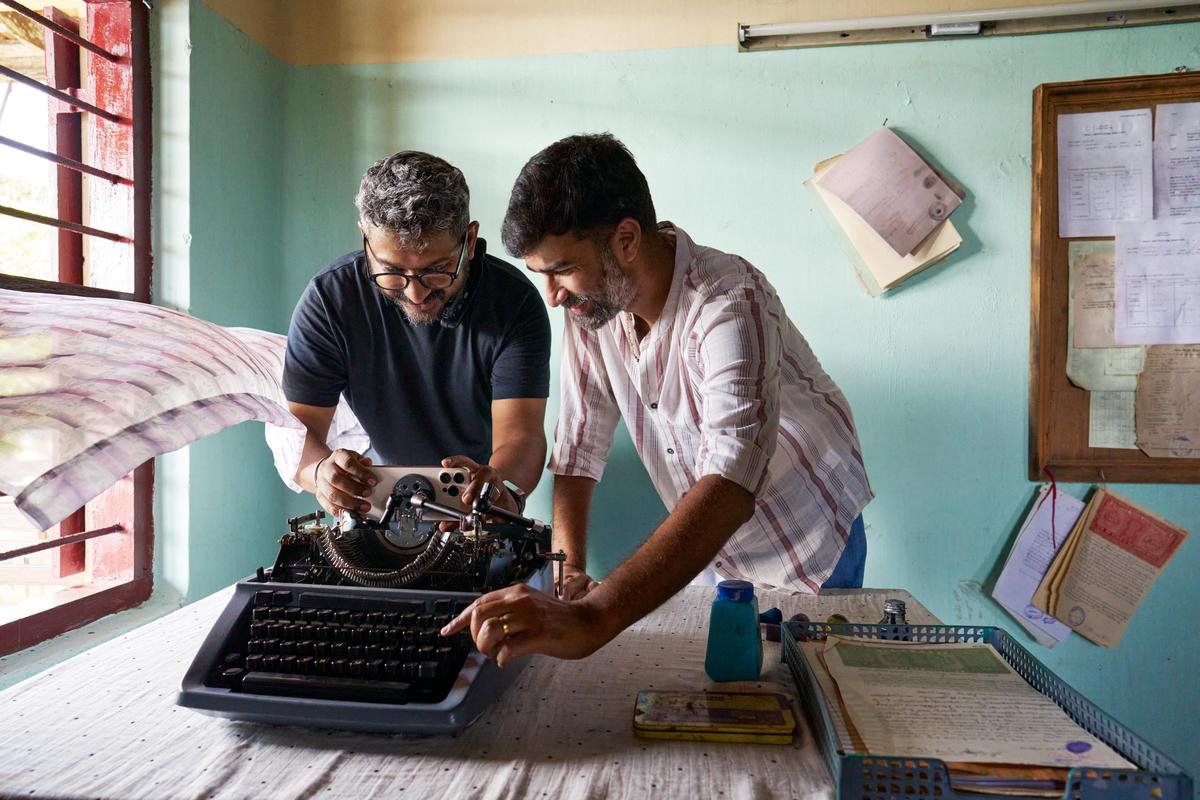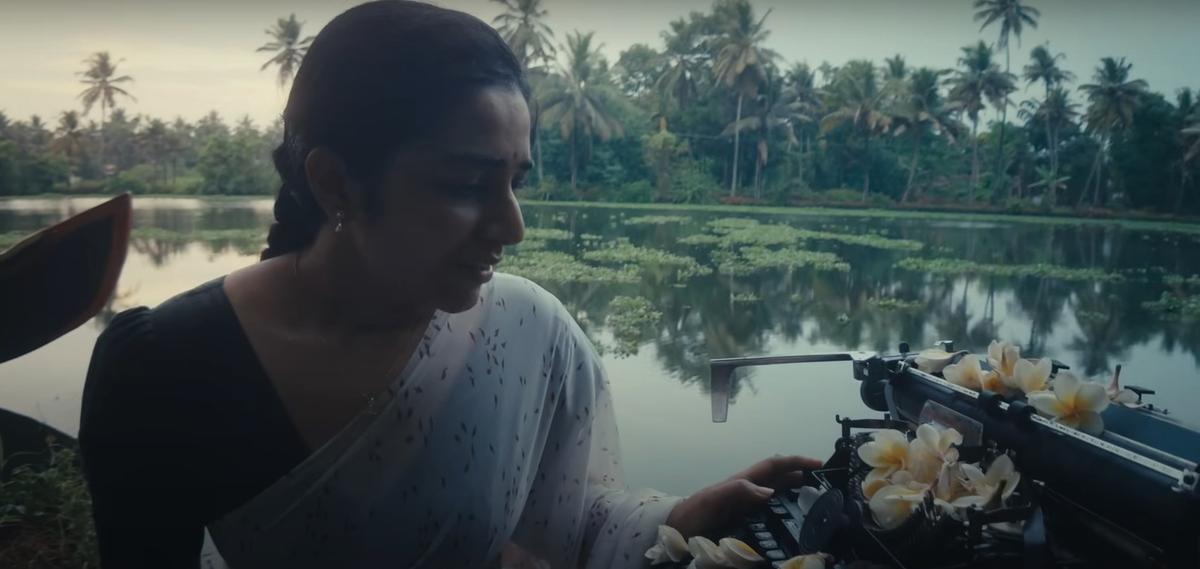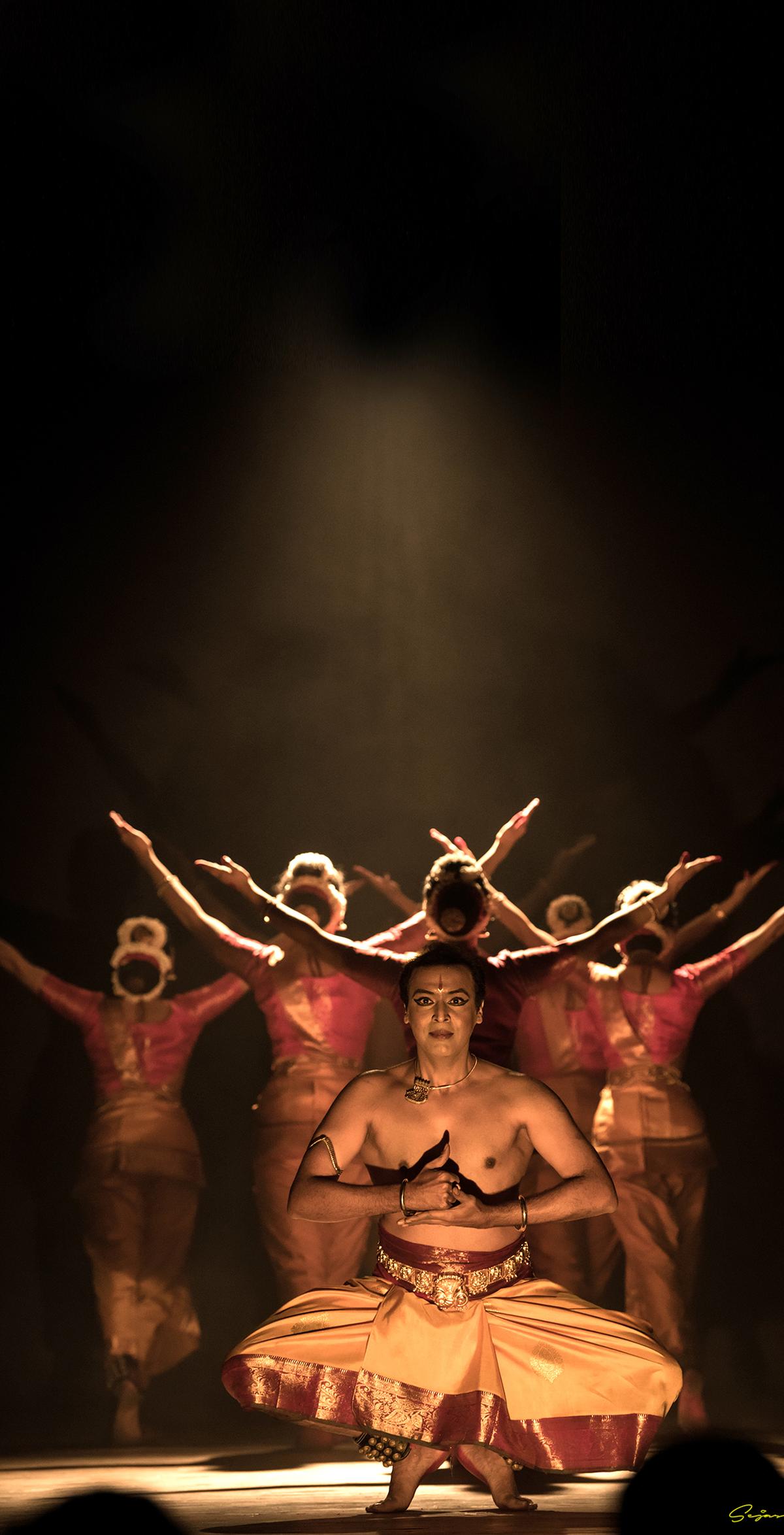Not too long ago, wedding photoshoots were not exactly the big deal they are now. Fast forward a few years, and you have got weddings with different photoshoot, from beach shoots to ultra-curated spots along the East Coast Road. This year, a new trend is lighting up the wedding scene in Chennai, and that is the live wedding painting.
“Couples have been on the lookout for new ways to preserve memories, and live wedding painting hits that spot,” says Noor of Paint me Wed, who is the first live wedding painter in India. A lawyer who became a full-time artist, she travels all over the country for this art of memory-keeping.
While this is the reason behind the rise, the bonus is affordability. “It doesn’t cost as much as wedding photography,” says artist and urban planner Srishti Prabakar, who runs Anchoredhues, splitting her time doing watercolour wedding painting between Chennai and Germany. “Wedding celebrations are constantly being reinvented, with everything from farm-style settings to vintage decor, this old-school painting clicks with all of that,” she says.
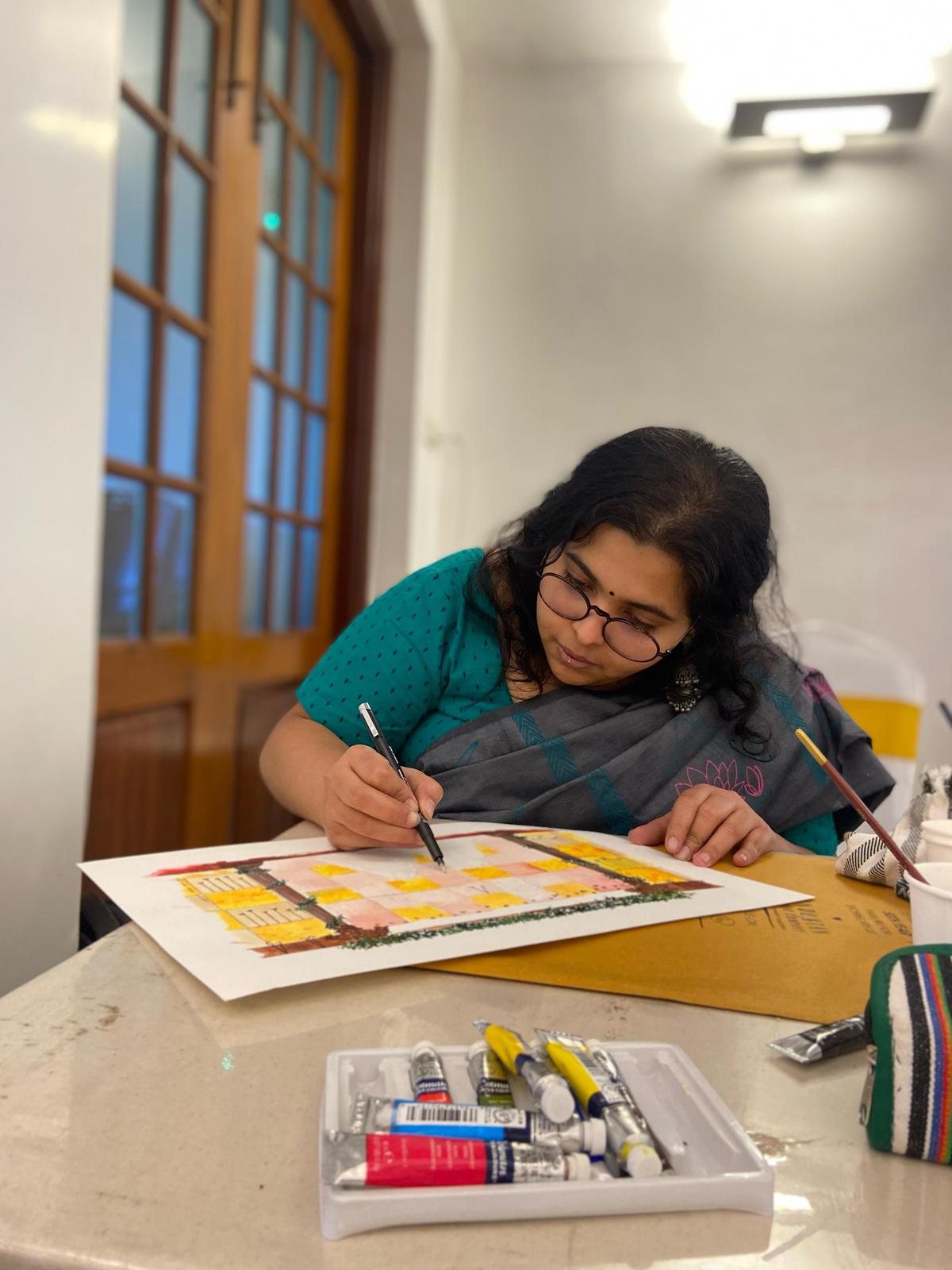
Srishti Prabakar, who runs Anchoredhues, does watercolour wedding painting.
| Photo Credit:
Special Arrangement
What exactly goes down at one of these live wedding painting sessions? The live painters select their canvas, from traditional canvases to water colour paper, or whatever medium they want to capture the essence of the moment. Then they get to work painting the couple on stage, and the other stand out moments, all within a span of six hours. And no two live wedding paintings are the same as it is all about the artist’s creative flow as much as the wedding.
Ms. Noor, originally from Delhi, flies across to Chennai often. “There is always so much more curiosity when I do live wedding paintings in Chennai. People’s faces light up in surprise, and I have had grandparents of the bride give me hugs after being awestruck by the portraits,” she says. It typically takes her 4-5 hours to finish a live wedding painting at the venue.
For Ms. Srishti who has been generally into live sketches, the approach is capturing the little moments that make the wedding special. “The details get my attention from the brothers moving on the dance floor to the bride and her niece sharing a sweet moment. I fit all of them into the painting,” she says. Furthermore, all the live wedding paintings that she has done in Chennai were a gift to the couples by their close friends or family members.
But as much as it is a celebration, these artists face some serious pressure to finish their work during the wedding.
“There have been times when kids come running through and bump into the canvas, or when someone accidentally spills ink on the painting. And all of this is happening while I am racing against the clock. So, it is not only about knowing how to paint but also being mentally prepped to handle whatever gets thrown your way,” adds Ms. Noor.
Published – March 09, 2025 10:38 pm IST



